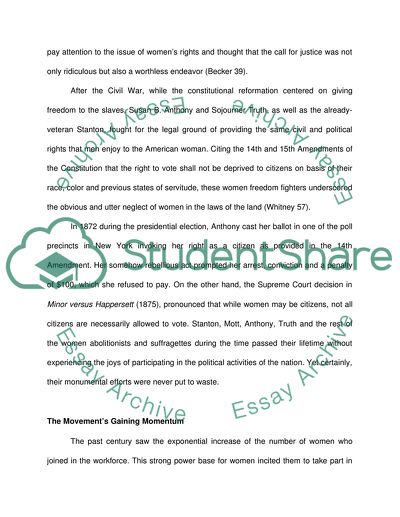Cite this document
(“Womens Liberation through the Equal Rights Amendment Research Paper - 1”, n.d.)
Womens Liberation through the Equal Rights Amendment Research Paper - 1. Retrieved from https://studentshare.org/law/1750925-womens-right-equal-right-amendment
Womens Liberation through the Equal Rights Amendment Research Paper - 1. Retrieved from https://studentshare.org/law/1750925-womens-right-equal-right-amendment
(Womens Liberation through the Equal Rights Amendment Research Paper - 1)
Womens Liberation through the Equal Rights Amendment Research Paper - 1. https://studentshare.org/law/1750925-womens-right-equal-right-amendment.
Womens Liberation through the Equal Rights Amendment Research Paper - 1. https://studentshare.org/law/1750925-womens-right-equal-right-amendment.
“Womens Liberation through the Equal Rights Amendment Research Paper - 1”, n.d. https://studentshare.org/law/1750925-womens-right-equal-right-amendment.


